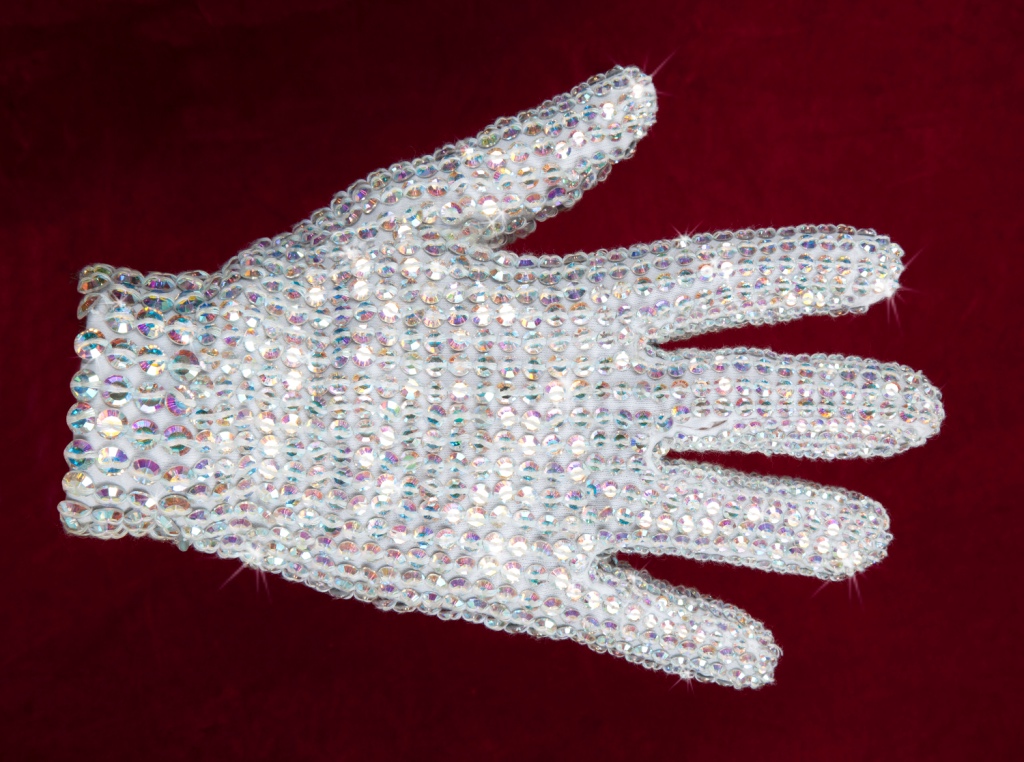And yet again people are on the losing end of industrialized tissue economies, this time made public after victims successfully fought for a Parliamentary Inquiry that was announced in 2017, began in 2018, and finished hearing evidence in 2023, releasing an interim report. Over three thousand individuals who were unwittingly infected with HIV and hepatitis C by contaminated blood products between 1970 and the early 1990s have been found to have died so far, with rough estimates of over thirty thousand total infected, an almost impossible-to-guess numbers, given that records were lost or destroyed, possible ways of passing on these viruses, necessary diagnosis, the stigma attached to some of these particular viruses, and other factors.
This first public reckoning with the tainted blood scandal of the 1980s just now reached the highest levels in the UK, and many here are probably asking the same question: how could this have happened? How did a few people put lives at risk in Canada, China, France, Iran, Iraq, Ireland, Italy, Japan, Portugal, United Kingdom, and the United States? The first part of the answer is…
Continue reading











